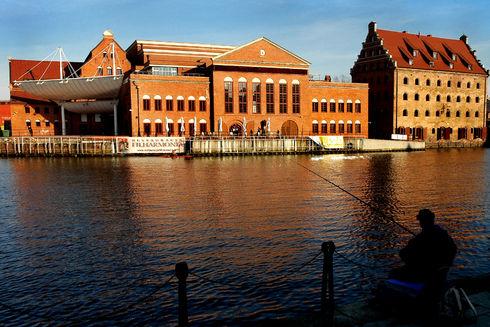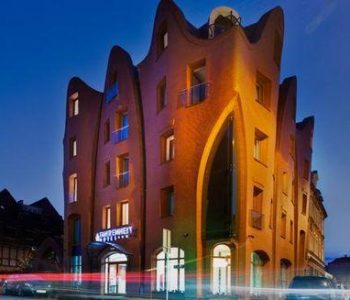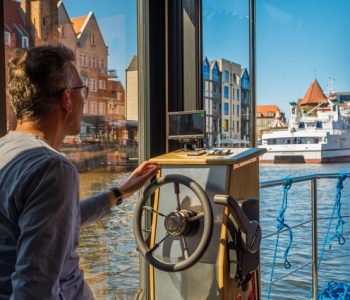Before, it had been a place for granaries and storehouses for lead (hence Ołowianka).
The devices installed in the new plant provided power for the city lights in Gdańsk and Wrzeszcz. The increasing demand for energy led to further extensions and modernisations of the plant. The building was severely damaged during World War 2. It was reconstructed and modernised in the following years. The station operated until the mid-1990’s, when it was closed for good.
The building now houses the Polish Baltic Philharmonic. The Philharmonic took over the buildings in 1998. Only a year passed, and the Ołowianka Amphitheatre was opened, with 120 seats in the gallery. In 2002, the Chamber Stage, which can hold an audience of up to 180 people, was opened. The largest hall in the Philharmonic is the Concert Hall with 970 seats and a stage modelled after Greek amphitheatres. Today, it is one of the region’s most important institutions of culture.
Foto: PROT



















